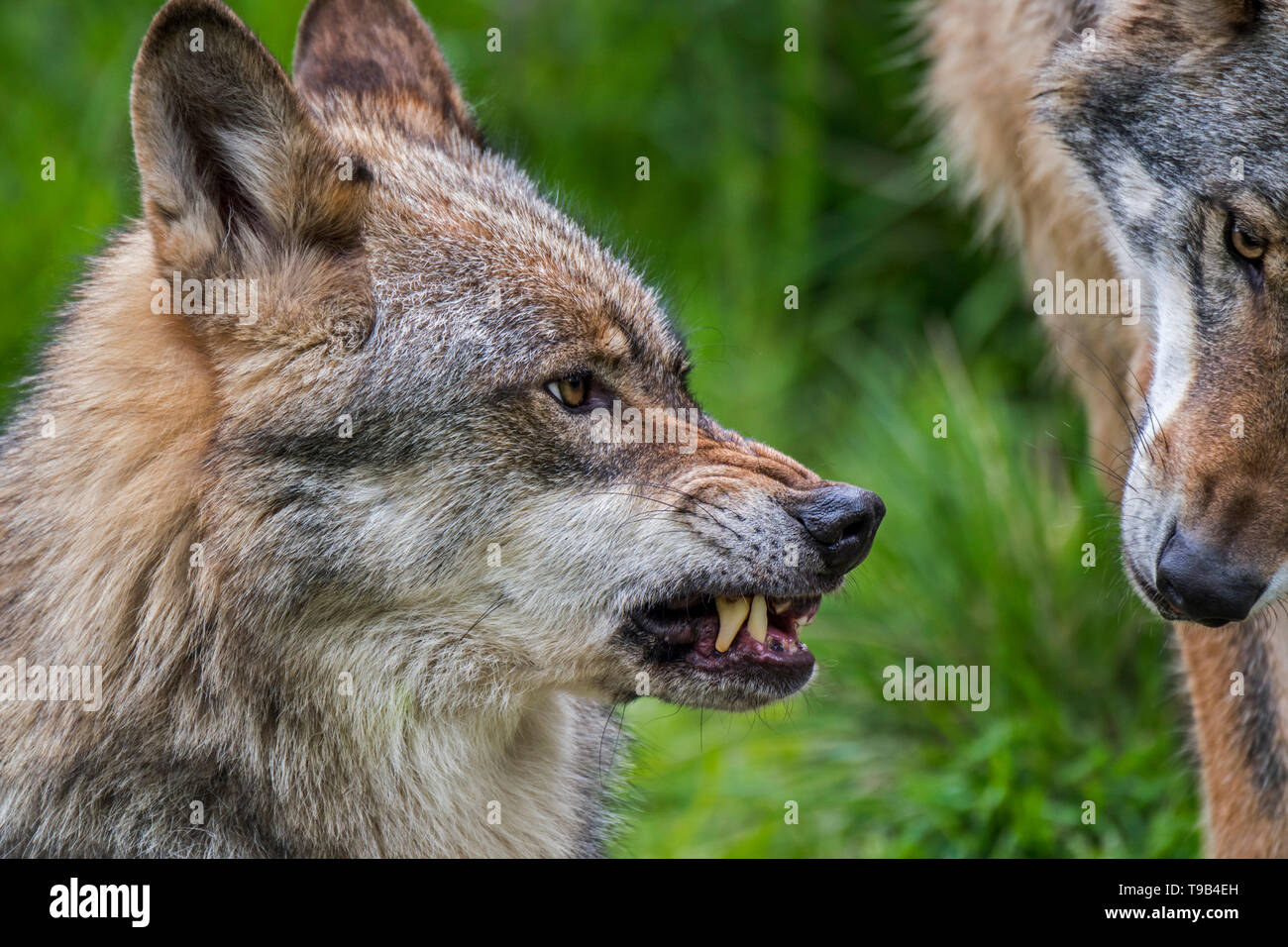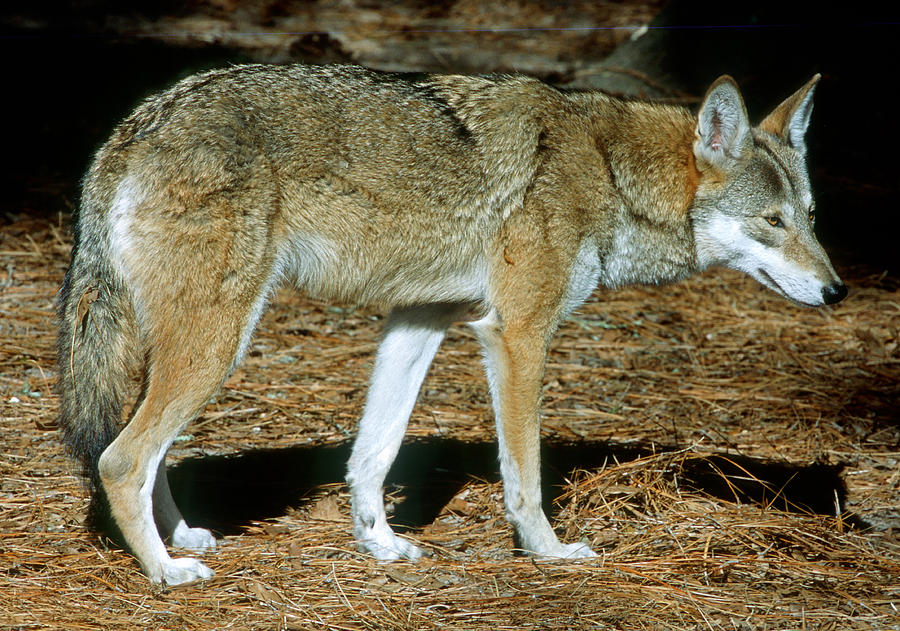

Red wolf’s coat ranges from a cinnamon red, to gray and black. Wolves in captivity at zoos across the country.Ĭlose relatives the gray wolf and the coyote. These reintroduction programs there are now fifty to eighty individuals in the Wolves were officially declared extinct in the wild. Fish and Wildlife Service to be bred in captivity. In 1980 there were fewer than twenty wolves Hunting have brought this animal to near extinction.

The red wolf is one of the rarest and most endangered in the The red wolf makes its home in swamps, forests, and coastal plains.Biodiversity and Conservation Student Steven Hoelzer Today, there are more than 100 red wolves in and around the Alligator River National Wildlife Refuge and Pocosin Lakes National Wildlife Refuge in northeastern North Carolina and over 200 red wolves in captive breeding facilities across the United States. The refuge was chosen because it had no coyote population. The first group of captive wolves was released in the Alligator Wildlife Refuge in North Carolina in 1987. Fearing the species would become extinct, the US Fish and Wildlife Service captured fourteen pure red wolves and started raising them in captivity.īy the 1980s, the red wolf had become extinct in the wild. The red wolves in those states were mating with coyotes and the population was becoming hybridized. The red wolf once roamed over much of the eastern United States, but by the early 1900s it had disappeared from all states except Texas and Louisiana. The red wolf weighs between 45-80 pounds and stands about two feet tall from shoulders to feet and is about four feet long from nose to the tip of its tail. It is larger than a coyote and smaller than a gray wolf. Ot has a long snout and a long, black-tipped tail.

US Fish and Wildlife - US Status: EndangeredĬharacteristics The red wolf has gray or black fur mixed with red, especially on its legs and sides. ICUN Redlist - World Status: Critically Endangered


 0 kommentar(er)
0 kommentar(er)
